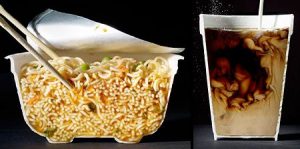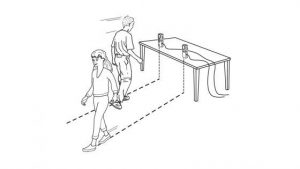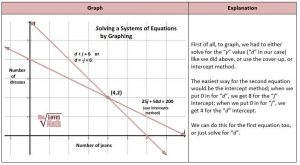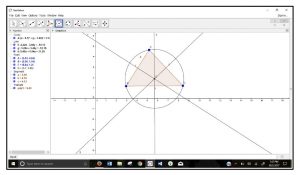This learning progression will be taught in a high school algebra I class. It is about solving for systems of equations and then being able to interpret the answer that you can get out. The Common Core State Standards (CCSS) domain and cluster for this learning progression is CCSS.MATH.CONTENT.HSA.REI.C. The main standard that the students are learning is HSA.REI.C.6.
This is based on the McDougall Litell Algebra I book. And while teaching this lesson, we assume the students have worked with general graphs and equations before. They also will have looked at systems and used the graph to find the intersection.



